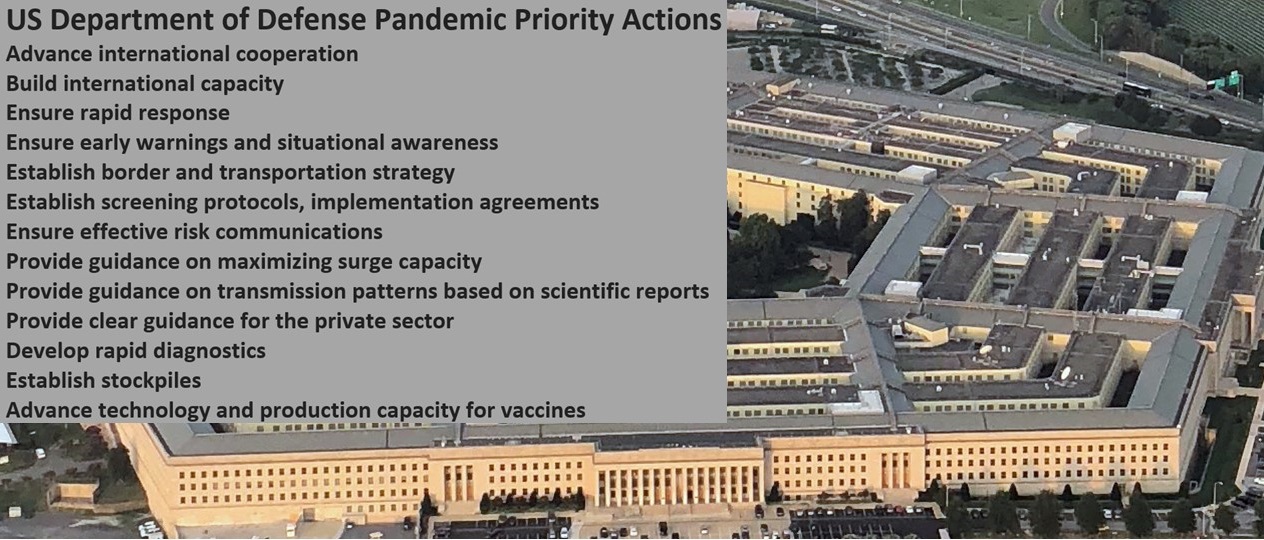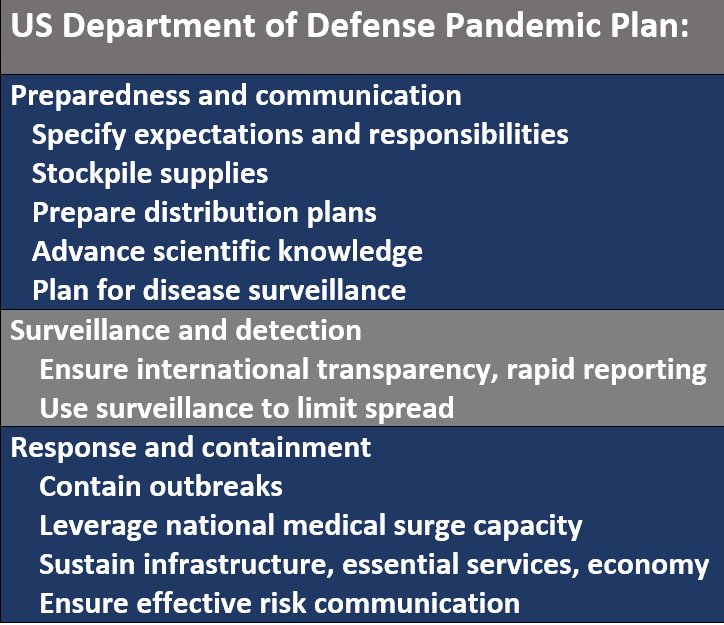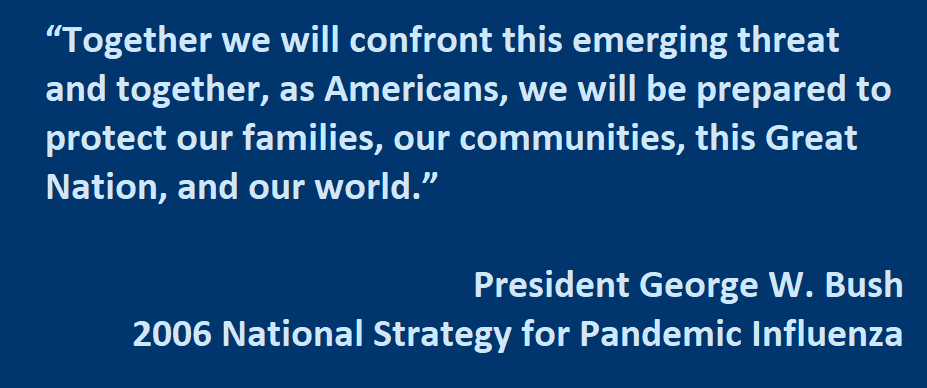The COVID-19 may soon present a geopolitical and security crisis in addition to the health and economic challenges, as the disease spreads from advanced economies and cities to rural communities and the global South. Fragile states could collapse. The United States and Europe, under stress, have not displayed traditional leadership roles with early pandemic communications or orderly distribution of medical supplies via trade. All this “has “opened a multi-pronged diplomatic opportunity to China, which having overcome the first wave of the virus is now exporting testing kits and ventilators to other countries,” writes Paul Mason for New Statesman. “If China’s containment policy – which could only have been enacted by an authoritarian state – actually works, while Trump lets a million Americans die for the sake of a stock market valuation, millions of people across the world will draw political conclusions. They will see that ‘the West’ as a concept is disintegrating, and that highly commercialised and atomised democratic societies cannot even protect themselves against a bat virus, let alone benignly administrate the global order.” Russian contributes misinformation, and the West faces hurdles for regaining global trust. The vast majority of the world’s citizens benefit from the Western order, though globalization could emerge from this crisis with new alliances, trade patterns and ideologies. – YaleGlobal
The COVID-19 pandemic poses health, economic and security ramifications; the US and EU can expect authoritarian and nationalist challenges to the Western order


